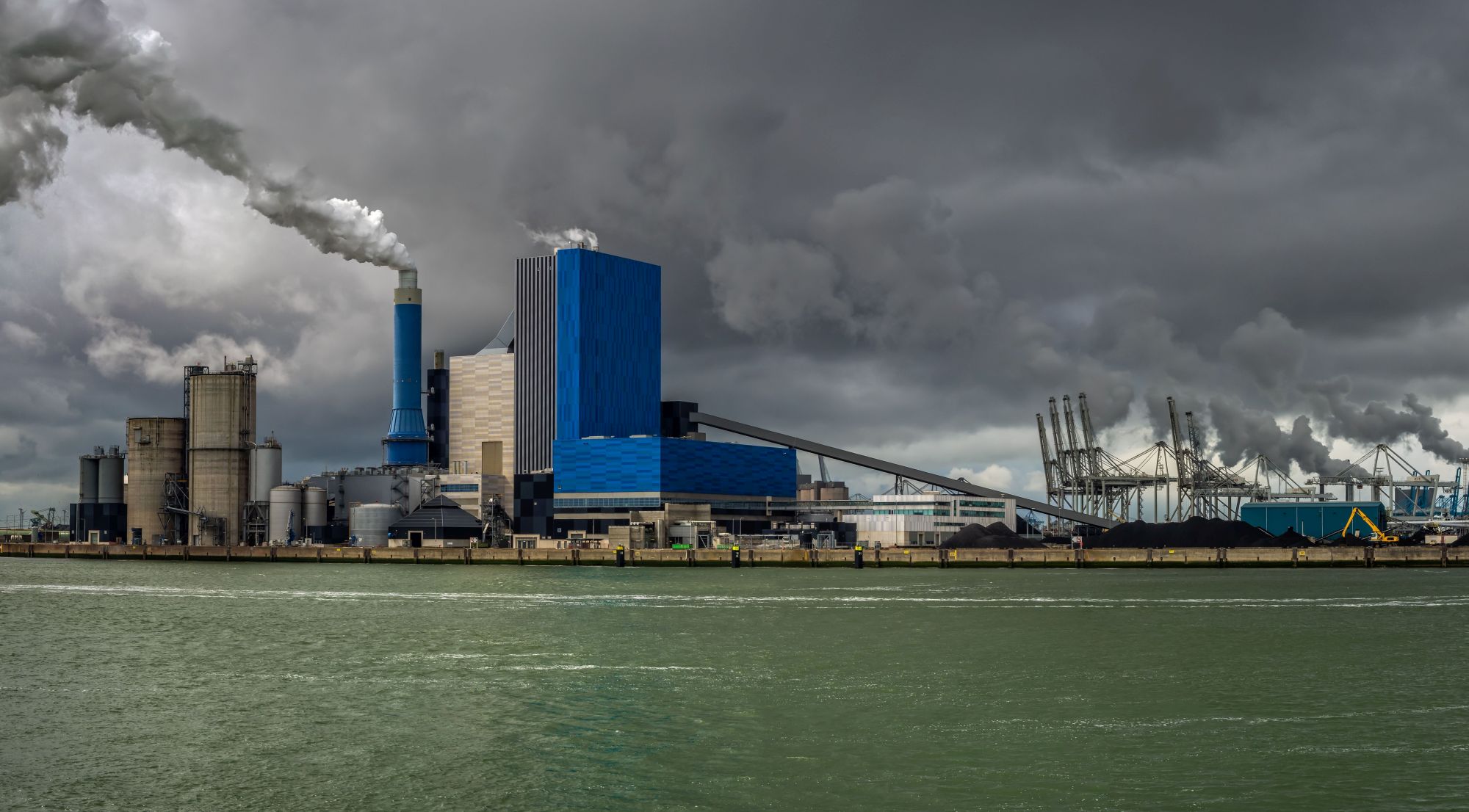We are off course to keep global warming below 2°C. Was the Paris Agreement a showpiece? Delta asked climate expert Herman Russchenberg. “No. A mental button was pushed.”
(Photo: F. Berkelaar / pxhere.com)
The United Nations Environment Programme has issued a report assessing the likelihood of the world meeting its climate targets. Under the Paris Agreement in 2015, 188 countries pledged to reduce their greenhouse gas emissions. These plans are known as ‘nationally determined contributions’ or NDCs. Taken together, these commitments do not meet what is needed to keep the rise in global temperatures below 2°C compared to pre-industrial levels by the end of the century. But the study goes further and concludes that even these unambitious targets are likely to be missed.
Delta spoke to climate expert Professor Herman Russchenberg (Geosciences and Remote Sensing) about the need to curb emissions.
‘There are many plans but little effect’
Not only were the pledges in the Paris Agreement too unambitious, but they will not even be met. Was the Paris Agreement just for show?
“I wouldn’t say that. Paris has brought people and countries around the world into action. A mental button was pushed. After Paris, many countries developed plans to reduce emissions. But the weakness of the agreement is that the pledges were non-binding and that the proposed reduction did not go far enough. If you map out climate change in accordance with the Paris Agreement you end up with a warming of 3°C by the end of the century.”
But even that is optimistic given that countries are not keeping their promises.
“That’s right. The EU’s emissions are still increasing every year while they should be decreasing. The same applies to the USA. They have even left the agreement altogether. India and China (the largest emitter) are not yet reducing emissions either. They had already announced this in the Paris Agreement. They want to phase out, but not yet. All in all, there are many plans but little effect.”
Is this because many citizens around the world are opposed to climate adaptation?
“In some countries in particular the measures hurt. Many Eastern European countries depend heavily on fossil fuels for their energy and climate plans directly affect the people there in their wallet. By the way, the same applies to the Netherlands. In our country, people are also frightened. But instead of seeing climate mitigation and adaptation as a problem, you could also see it as an opportunity. The Netherlands can export knowledge and technology. Instead of expensive and costly, climate measures are an opportunity to invest into innovation. That’s how we should look at it.”
I notice from your tone that you are not all that gloomy after all.
“I think there’s a lot of support among the population to bring about change.”
But even if we were doing a good job here, we’re only talking about a drop in the ocean, aren’t we? The Netherlands is responsible for about 0.2% of the global greenhouse gas emissions and China for 13.5%. Does it really matter what we do?
“If you look at the emissions per person, then China and the Netherlands are more or less equal. Look at it that way. The emissions per person must be reduced. This applies to all the world’s citizens. In addition, a large part of China’s emissions can be traced back to exports. So we also contribute to China’s emissions by buying Chinese products.”
Do you have a question or comment about this article?
tomas.vandijk@tudelft.nl


Comments are closed.